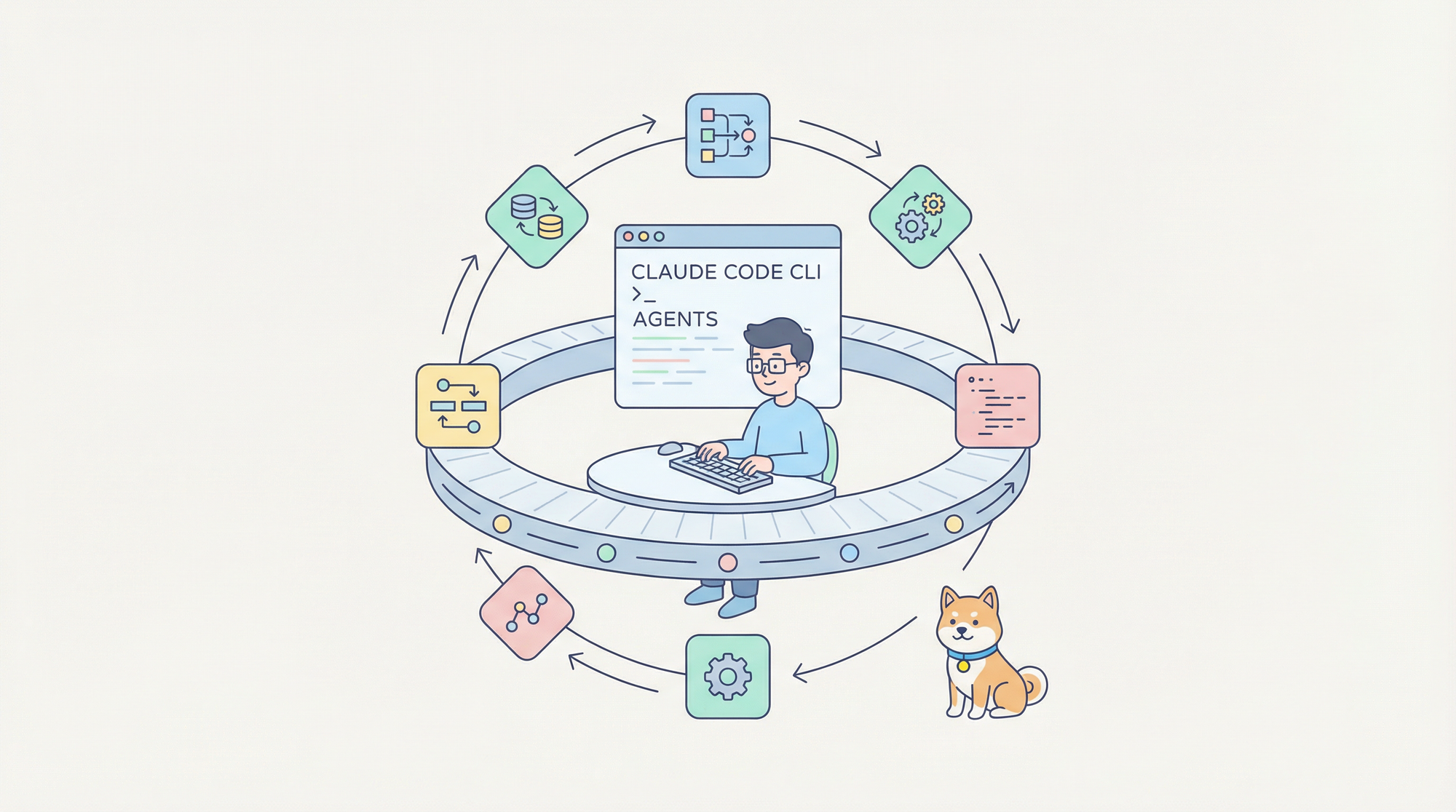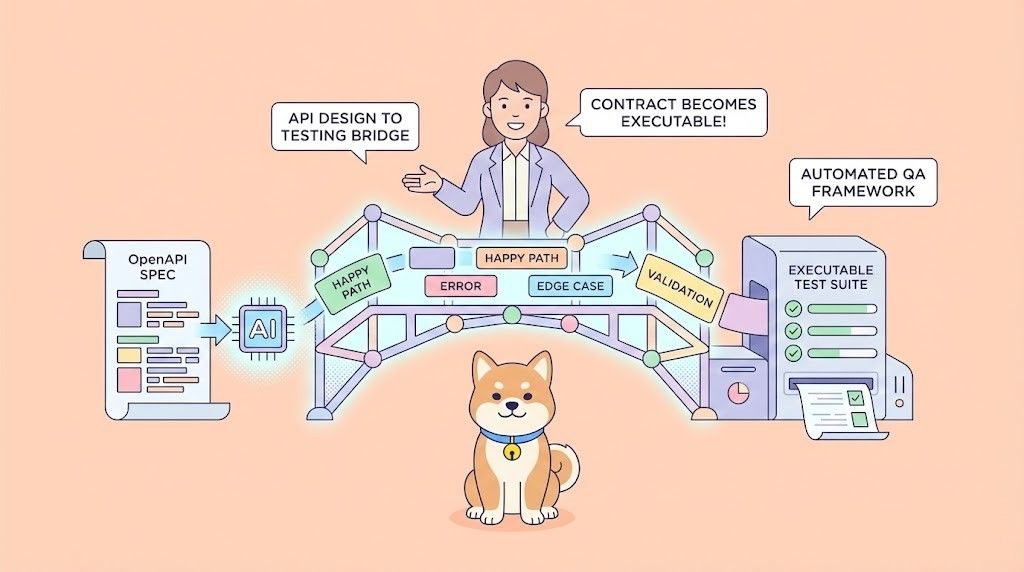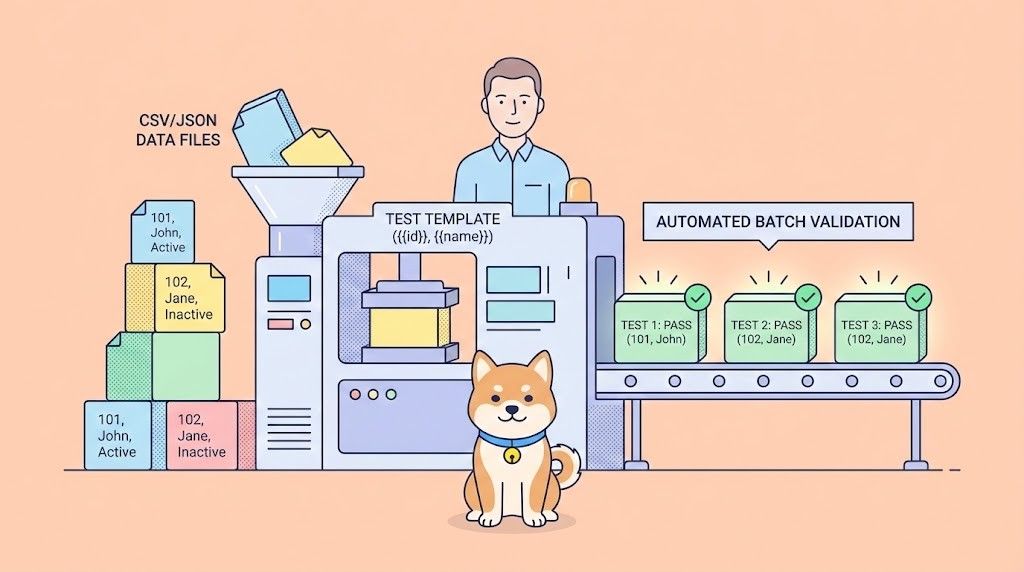API testing sometimes requires sending an Array in form-data format. In this article, we will discuss how to achieve this using Postman.
Apidog is a completely free tool, so get this tool for free by clicking the button below now!
Why send an Array in form-data?
When it comes to API testing, sending an Array in form-data is necessary due to the convenient data format it provides. There are two main reasons for sending an Array in form-data:
HTTP Protocol Specification
The HTTP protocol defines form-data as a way to transfer data in the request body. This format allows associating multiple values with a single key, enabling the server to interpret the values as an array.
Server-side Implementation
The server-side implementation also plays a role in determining how an Array in form-data is handled. Most web application frameworks support passing arrays in form-data, ensuring the data is interpreted correctly on the server side.
Sending Array with Postman
Postman is a popular tool for API development and testing. Here's how you can send an Array in form-data using Postman:

Create an HTTP POST or PUT request in Postman as form-data

Input the Array values as key-value pairs. If you input the same key multiple times, Postman will automatically convert them into an array when sending the request.

Verify the sent form-data after sending the request. You will see the data formatted as an Array.


Using Apidog for Easier Array Data Transmission
Apidog offers a powerful API client tool that allows you to easily send Array data in form-data. Here's how you can do it with Apidog:
Step 1: Open Apidog, create a new POST request, switch to the Body tab, and select form-data. You can directly specify the data type as "array".

Step 2: If your array data has multiple values, you can add as many values as needed by clicking the "+" icon.

Step 3: Click the "Send" button to send the request. You can then check the sent data in the "Actual Request" tab to confirm that the Array data was sent correctly as form-data.

Conclusion
In conclusion, this article explained the importance of sending Array data in form-data during API testing and provided a guide on how to do it using Postman. Additionally, utilizing powerful API development tools like Apidog can enhance the efficiency of API testing processes.




